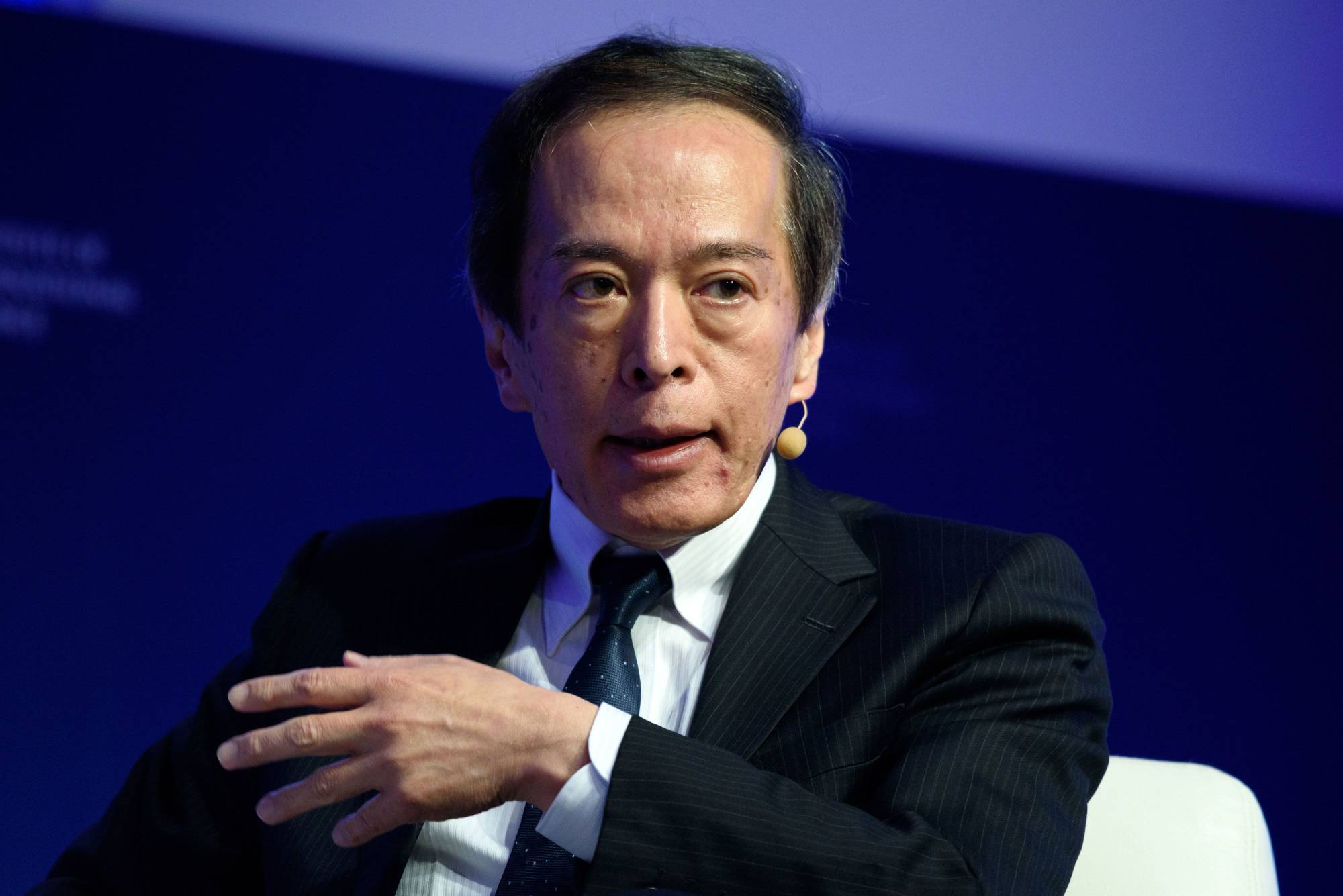Is BoJ ready for currency intervention?
The Japanese Ministry of Finance and the Bank of Japan (BoJ) seem to be readying themselves for currency intervention as the yen hits its lowest level in 34-years against the dollar. But just what conditions need to be in place to make any intervention effective?

>> What’s next for the US dollar/yen after BoJ’s rate cuts?
What do we mean by “effective” intervention? Of course, we never truly know whether any FX intervention is effective because we do not know what would have happened in the absence of central bank action. But taking a lead from a paper by Fratzscher et al it seems reasonable to expect that effective intervention will move the currency in the direction required for a sustained period of time and lower volatility.
In order to do this, the authors’ argue that intervention needs to be large, to move in the direction of the most recent currency movement (lean with the wind), to push the currency in the direction of the fundamental equilibrium, and to be supported by oral intervention. Doing these things can make intervention successful 60% of the time for flexible exchange rates and 80% for currencies that are fixed in some way.
We’d add another condition which is that the intervention is conducted in the same direction as prevailing monetary policy, meaning that central banks looking to strengthen their currency do so when they are in the process of tightening monetary policy and vice versa. But note, we do not believe that this means the intervention has to be left unsterilised to have the desired effect.
Using all this information, what are the chances that any BoJ intervention is successful in the near term? For while we can come up with some general principles for successful intervention, each currency is different. In Japan’s case, for instance, it would seem that the yen’s weakness is not a function of things like an excessively weak economy, poor trade performance, or fractious politics. Instead, it seems that the weakness is down to the fact that the yen is heavily used as a funding currency for carry trades. These carry trades thrive when rate differentials are wide, which immediately makes life difficult for the BoJ as it can only influence the Japanese side of any rate differential.
The other factor that boosts carry trading activity is low volatility. This is because carry trades often implode when global risk aversion rises and carry-traders rapidly sell higher-yielding currencies and buy back funding currencies such as the yen. Quite clearly it is hard to predict when risk aversion will suddenly spike but low volatility across assets, including FX reflects the fact that the market puts a relatively low probability on a surge in risk aversion.
>>What is the outlook for the US dollar/yen?
However, here too the BoJ seems hamstrung because volatility is very low at the moment, particularly in FX and, while intervention might lift the volatility in dollar/yen and the yen crosses, it is unlikely to generate a more global rise in risk aversion and hence significant carry-trade unwinding. This might be possible if the Fed were to join in with any BoJ intervention but we doubt that the Japanese MoF would ask the US Treasury to do so and, even if it did, the Treasury would be very reticent to act.
Does all this mean that the BoJ faces an uphill task in making any intervention successful? Not necessarily. Going back to the ingredients for success listed earlier, BoJ intervention is likely to be very large, it will push the yen in the direction of the ‘fundamental equilibrium’ and will be backed by both oral intervention, and supportive monetary policy (as the BoJ is lifting rates).
In addition, the BoJ will be able to rely on rate cuts elsewhere to close the differential even if it can’t rely on others to intervene. The BoJ does not intervene very often to strengthen the yen but, when it does it has usually been successful and we’ve little reason to think that it will be any different if it does so again fairly soon.








